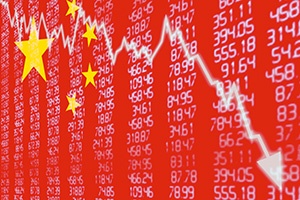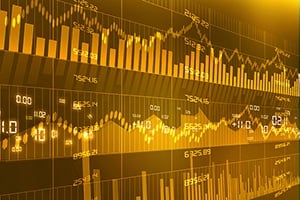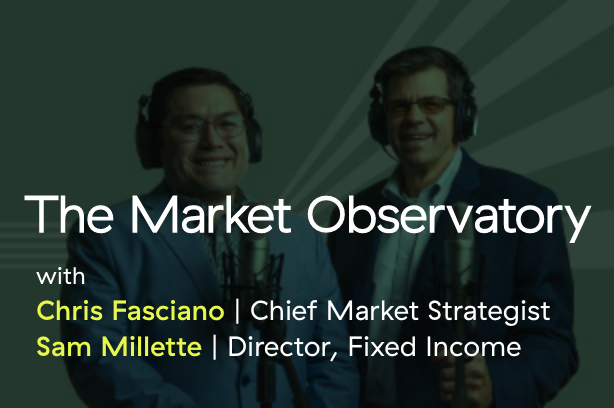Today marks the 10th anniversary of the failure of the Wall Street firm Bear Stearns, widely considered the opening act of the great financial crisis of 2008. Bear was done in, so the story goes, by a mix of ill-considered bets on mortgage securities and excessive borrowing. After it went down, banks started to look around to see what other companies might fail—and found that they really couldn’t tell. As a consequence, each bank started to pull back individually, and the flow of liquidity that supported Wall Street fell apart. As each bank pulled away, the fears of collapse started to turn into reality, which only worsened the problem. The downward spiral led to what we now know as the great financial crisis, from which we have been recovering for the past 10 years.














